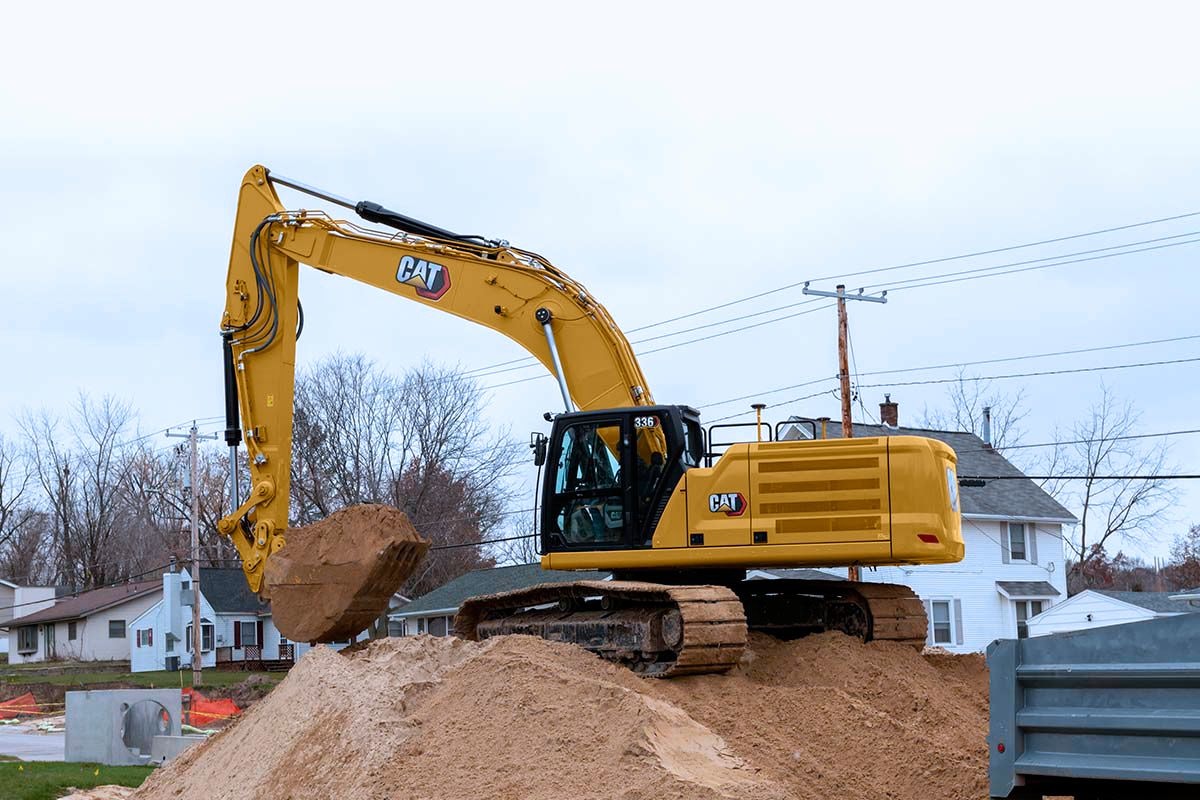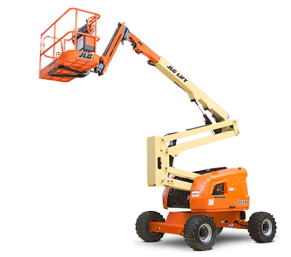Discover Our Equipment Rental Company for High-Quality Dozer Rental and Scissor Lift Rental Services
Discover Our Equipment Rental Company for High-Quality Dozer Rental and Scissor Lift Rental Services
Blog Article
Crucial Tips for Taking Care Of Hefty Tools Rental Arrangements and Logistics Properly
Successfully handling heavy devices rental agreements and logistics is essential for the success of any task that relies on these sources. A detailed understanding of rental terms, combined with precise assessment of equipment requirements, lays the structure for beneficial settlements.
Understand Rental Terms
Recognizing rental terms is crucial for effective heavy equipment monitoring. The rental duration defines the timeframe for which the equipment is leased, affecting budgeting and task timelines.
Moreover, it is critical to comprehend the maintenance responsibilities laid out in the arrangement. Generally, rental business preserve the devices, but comprehending that is liable for regular checks and fixings is vital to protect against functional interruptions. Additionally, terms might include clauses worrying liability for problems or theft, which can have severe economic ramifications if not correctly comprehended.

Assess Devices Needs
Examining tools requirements is a crucial action for any task supervisor aiming to maximize resource allowance and boost functional effectiveness. This procedure entails a complete analysis of the project demands, consisting of specific jobs, timelines, and the kind of devices essential to achieve preferred outcomes.
Begin by determining the range of the task and the tasks that will be executed. Consider factors such as the terrain, the range of procedures, and any potential challenges that can influence equipment selection. Engaging with employee that will operate the equipment can provide beneficial understandings into useful demands and preferences.

Following, evaluate the capacity and capacities of readily available tools options. It is vital to match the appropriate devices to the tasks at hand, guaranteeing that it can deal with the expected workload without compromising safety or efficiency.
Furthermore, consider the rental duration and frequency of use. Recognizing these components can assist establish whether renting or acquiring is the most cost-efficient solution. By carrying out an extensive assessment of devices demands, project supervisors can make enlightened decisions that result in enhanced productivity and lowered operational costs.
Negotiate Efficiently
Once the tools needs are plainly determined, the next action entails efficient negotiation with rental business to safeguard desirable terms. A well-prepared settlement approach is necessary for achieving the most effective possible offer. Begin by researching different rental business to understand their rates structures, stock availability, and reputation. This understanding will empower you throughout settlements and aid you develop sensible expectations.
When approaching the settlement table, be clear about your needs, including the type of devices, rental duration, and any type of added solutions you might require. This openness enables rental companies to supply tailored remedies that can satisfy your specific needs (scissor lift rental). Do not wait to ask for discounts, especially for lasting rentals or mass orders, as many companies want to offer giving ins to safeguard bigger agreements
These elements can considerably influence the general cost and must be clearly laid out other in the rental contract. Ensure that all agreed-upon terms are recorded in creating to prevent misconceptions and protect your passions throughout the rental period.
Coordinate Transportation Logistics
Collaborating transport logistics is a vital element of managing heavy equipment rental contracts. Reliable transportation makes sure that tools is delivered in a timely manner and in optimum problem, consequently lessening downtime and improving task effectiveness. To achieve this, it is necessary to establish a detailed logistics intend that describes the whole transportation procedure from pickup to delivery.
Begin by examining the details transport requirements based on the type and dimension of the devices entailed - scissor equipment rental companies close to me lift rental. Involve with trusted transportation suppliers who concentrate on heavy tools to guarantee they have the needed experience and devices, such as flatbed vehicles or specialized trailers. Review variables such as weight limitations, path constraints, and needed licenses to prevent unforeseen delays
Additionally, preserve open communication with both the rental company and the transportation supplier to work with timetables properly. Validate all details, including pickup and drop-off times, to guarantee everyone is lined up and prepared. Develop contingency plans to resolve any type of potential disturbances, such as negative weather or website traffic conditions, which might affect the transport timeline. By carefully collaborating transport logistics, you can maintain the honesty of your rental agreement and facilitate smooth task execution.
Plan for Upkeep and Support

Furthermore, it is essential to interact straight with the rental company pertaining to maintenance responsibilities. Some agreements may consist of upkeep as component of the rental solution, while in other cases, the onus may fall on the occupant. Recognizing these terms will certainly aid avoid unexpected prices and responsibilities.
Furthermore, having accessibility to technical assistance can be invaluable. Make certain that the rental firm offers 24/7 assistance or an emergency call, enabling quick resolution of any type of equipment concerns. Training your team on appropriate equipment usage and routine checks can also dramatically boost functional efficiency.
Verdict
To conclude, effective management of hefty equipment rental arrangements and logistics hinges on a complete understanding of rental terms, accurate assessment of tools requirements, and experienced settlement skills. Working with transportation logistics and intending for upkeep further improve functional effectiveness. By implementing these strategies, organizations can minimize risks, control prices, and guarantee that jobs progress smoothly and within established timelines. Emphasizing clear interaction with all stakeholders remains vital in navigating the complexities of tools leasing and logistics administration.
Successfully taking care of hefty tools rental agreements and logistics is critical for the success of any job that counts on these resources. By extensively evaluating and understanding these rental terms, companies can make educated decisions, reduce threats, and make certain that their hefty tools administration straightens with task objectives and economic restraints.Coordinating transportation logistics is an important element of handling heavy devices rental contracts.In final thought, efficient management of heavy devices rental arrangements and logistics joints on a detailed understanding of rental terms, precise analysis of equipment needs, and experienced arrangement skills. Stressing clear communication with all stakeholders remains crucial in navigating the complexities of equipment leasing and logistics administration.
Report this page